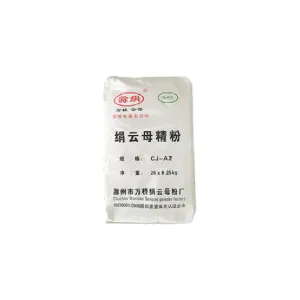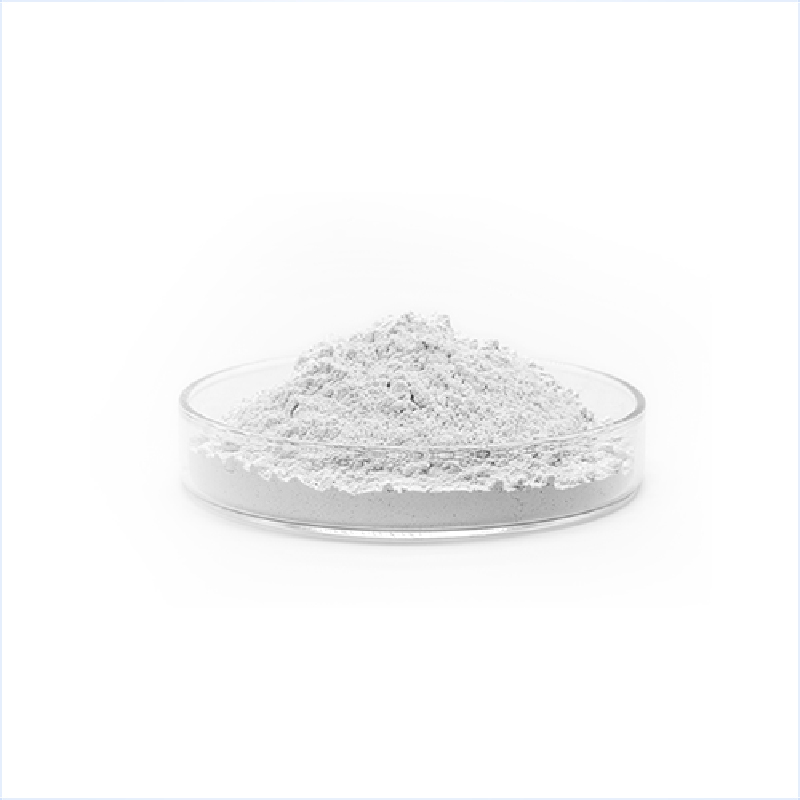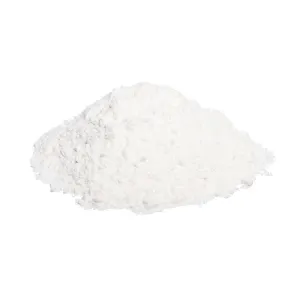Soda ash futures prices have risen continuously throughout April and finally ushered in a pullback adjustment before May Day. Since then, it has maintained a high and wide concussion during the week, closing close to the technical support level as of Friday, but has not yet fallen below it. The positive feedback of the spot market is affected by the downstream resistance and wait-and-see psychology, so it is difficult to further form, and the quotation is mainly stable. Lead to the lack of upward driving of futures prices, so whether the follow-up round of the market will stop there.
Still from the perspective of supply and demand, with the recent recovery of some maintenance enterprises, post-holiday data show that the weekly output of soda ash has rebounded to about 740000 tons, basically returning to the peak of the year. However, the output of heavy alkali was 418000 tons, which did not return to the peak of 440000 tons this year, mainly due to the rapid growth of demand downstream of light alkali, and individual manufacturers have recently adjusted the proportion of light alkali to light alkali. According to the current heavy alkali downstream of about 390000 tons of weekly table, the surplus is still relatively limited, and only calculate the downstream rigid demand procurement. There are still maintenance plans on the follow-up supply side, and the production data at the end of the week has dropped again to about 720000 tons. Downstream light alkali demand is still strong, photovoltaic growth is also expected to remain, although there have been some recent cold repair of float production lines, but from the total point of view of the demand before September is still rising. Demand growth expectations and production contraction expectations can not be falsified, then the support of supply and demand structure will continue. In addition, new production capacity is still about to land this year, and the landing before September is expected to be about 1 million tons, but under the premise that the total production capacity is already loose, the significance of a little more relaxation is relatively limited, and the current problem is not insufficient production capacity, but phased production tightening, unless the maintenance season is expected to disappear and new and old production increases substantially, otherwise the great logic of periodic supply contraction cannot be broken.
On the basis of no substantial surplus in the relationship between supply and demand, the premise of the sharp weakening of soda ash price is more to rely on the downstream compression of raw material inventory to form market negative feedback. This is the core means of downstream implementation in the first quarter of this year, and at present, in the face of supply-side contraction and demand-side growth expectations, the risk of excessive reduction of raw material inventory is also increasing. Now some people in the market think that after the downstream raw material inventory has been replenished to a relatively safe position, the demand will gradually stagnate and form negative feedback. This logic does exist, but the high probability is only a phased behavior. The downstream is resistant to high-priced raw materials, and there is no problem with the idea of procrastination, and it is no problem for some of the middle and upstream to take advantage of the weakening of the order. But at present, it may not be realistic for the downstream to take the road of forcing the upstream to reduce prices drastically, at least before the mismatch between supply and demand in the maintenance season is expected to be falsified, most of the downstream should not take this risk. Otherwise, the preventive replenishment in the early stage will not make any sense. And most of the middle and upper reaches also understand this truth, at this time they need to do is to stabilize the price, waiting for the downstream replenishment.
In terms of inventory, soda ash stocks rebounded slightly to 890000 tons after the holiday, and it is reasonable to have a certain degree of accumulation on the basis of stagnant demand and recovery of supply during the holidays. However, the inventory data at the end of the week only slightly decreased by less than 10,000 tons, which did not match the reduction on the supply side during the week. although there are various factors of mismatch in calculation, it can generally confirm that the transaction has indeed slowed down month-on-month, and the hard truth of not advancing or falling behind has also cooled the soda ash market to a certain extent. However, the current inventory structure is still strong, the problem of explicit inventory distribution imbalance is still continuing, and the problem of low inventory of manufacturers in the core production and marketing areas has not been significantly improved, and the mismatch market driven by local tension still can not be effectively avoided. And in terms of the total amount, the recent inventory fluctuation is not big, and the orders to be issued by manufacturers are still there. For those who are extremely bullish on 09 contracts, as long as the market inventory keeps this pace into June, it may be enough to do a wave of things. In terms of hidden inventory, regardless of the quantity, there are active accumulation and passive accumulation, on the one hand, the mid-stream is optimistic about the future, active inventory, on the other hand, the insurance policy of the current merchants in the previous period is locked up and passive inventory. And if these inventories are to flow into the market, they need to see the end of the rally, and their rush will also accelerate the price decline. However, under the current favorable and expected support, will the futures market let go after a large amount of capital investment, and whether the upper reaches of the spot market with pricing power will adjust production in line with the market situation? We can't predict these things, so we can only consider the risk from a theoretical point of view.
So at present, the evolution of the market depends more on the expected changes in supply, reduction and demand. All conspiracies and plots need this expectation to support. At present, this expectation cannot be falsified, so there is no reason for the market to reverse for the time being. How the current round of the market ends in the future, the first is to rely on time to prove or falsify the expectation, that is, the main contract begins to gradually trade the realistic logic. The second is that some of the links that formed this expectation have been falsified in a short time, such as no reduction or even higher-than-expected increment on the supply side, no growth or even more-than-expected reduction in downstream demand.
Finally, another important boost of this round of market macro sentiment has also weakened after the festival. Although recently saw a lot of real estate policies and other positive news, but these are basically around the early important meetings are expected to be fulfilled, the market has been traded in advance. At present, more macro funds still need to look at new expectations, so the contribution of macro sentiment to commodity markets may also weaken in the short term.
To sum up, the short-term soda ash market is difficult to stop before the expectation is broken, at least before the maintenance season, the time is favorable and both stand in the positive direction. However, if the market wants to further break out in a short period of time, there is indeed a lack of strong driving force, and it can only be said that a sharp reversal in prices may not be supported in the short term. however, it does not rule out the possibility that the futures market will intensify its negative feedback due to a large pullback after a large macro-expected vacuum in a short period of time. The only insurance choice we can make at this time may be waiting time to answer.














